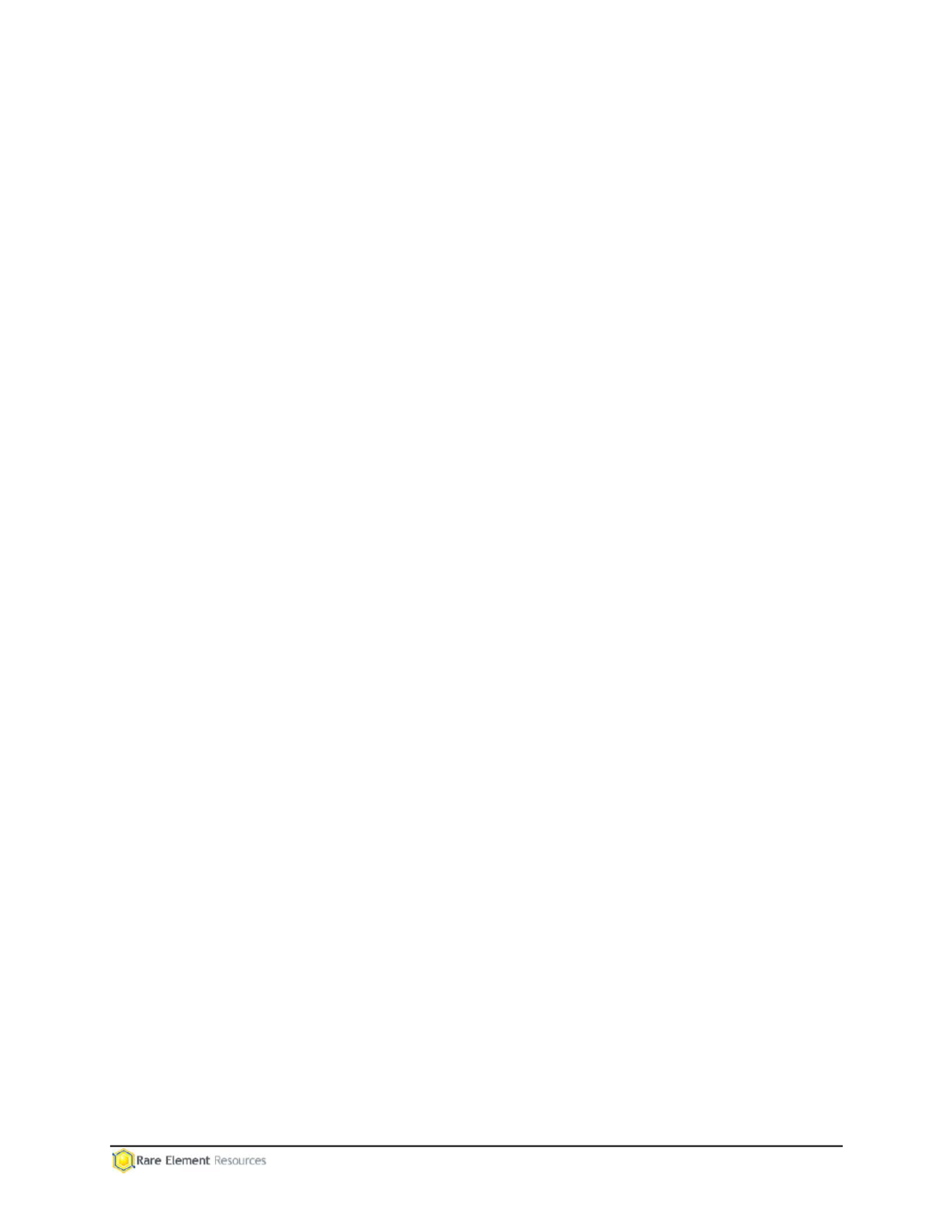
69
summarized by computing absolute (mean) cover, relative cover (percent of total vegetation
cover), frequency, and relative frequency (percent of total plot occurrences for each plant
species).
5.13.1.4 Density
Shrub density sampling was accomplished by counting each individual full, half, and sub-shrub
species within a 2-meter wide belt transect centered over the 50-meter point-intercept cover
transect, yielding a 100 square-meter (m
2
) belt transect. Each tree species within this same 100
m
2
belt transect was also recorded. The number of individual shrub or tree occurrences was
recorded by species. Data was tabulated by computing the mean density per square meter and
mean density per acre. The number of tree and shrub density belt transects equaled the number
of 50-meter point-intercept cover transects within each community.
5.13.1.5 Species Diversity
Species diversity was assessed by recording all of the species observed in the same 100m
2
belt
transect used for determining shrub and tree density. These observations provide a
measurement of the total species diversity and species composition for each vegetation
community. The number of tree and shrub density belt transects equaled the number of 50-
meter point-intercept cover transects within each community.
5.13.2 Vegetation Communities
Based on discussions between the Forest Service and WDEQ-LQD personnel, the following
four vegetation communities were identified within the Project Area: Drainage Bottomland,
Ponderosa Pine Woodland, Hardwood Forest, and Montane Grassland.
Drainage Bottomland.
Twenty, 50-meter transects were sampled within the Drainage
Bottomland vegetation community. Absolute total vegetation cover was 81.70 percent. Absolute
total perennial grass cover was 56.30 percent, and total perennial forb cover was 21.20 percent.
Absolute total shrub cover was 1.20 percent, and absolute cover of native trees was 2.00
percent. Absolute bare ground and litter/rock cover were 2.70 percent and 15.40 percent,
respectively. Absolute total cover was 97.20 percent. Dominant species within this vegetation
community included timothy (
Phleum pretense
), smooth brome, (
Bromus inermis
), and
switchgrass (
Panicum virgatum
).
Shrub density was 0.08 shrubs/m
2
or 309.60 shrubs/acre. Western snowberry (
Symphoricarpos
occidentalis
) contributed 0.05 shrubs/m
2
. Tree density was 0.02 trees/m
2
or 89.03 trees/acre.
Bebb willow (
Salix bebbiana
) and quaking aspen (
Populus tremuloides
) each contributed 0.01
trees/m
2
.
A total of 14 lifeforms composed of 103 plant species were observed within this community.
Perennial forbs were the most common lifeform encountered, with 40 species observed.
Perennial grasses were the second most common lifeform encountered, with 20 species
observed. Fifteen native grass-likes, 10 annual/biennial forbs, 12 full-, half-, or sub-shrubs, four
native trees, and one annual grass species were encountered.
Ponderosa Pine Woodland.
Twenty, 50-meter transects were sampled within the Ponderosa
Pine Woodland vegetation community. Absolute total vegetation cover was 90.70 percent.
Absolute total perennial grass cover was 8.90 percent, and total perennial forb cover was 5.90
percent. Absolute total shrub cover was 10.80 percent, and absolute cover of native trees was
64.80 percent. Absolute bare ground and litter/rock cover were 0.70 percent and 8.60 percent,
respectively. Absolute total cover was 99.30 percent. Dominant species within this vegetation
community included ponderosa pine (
Pinus ponderosa
), quaking aspen (
Populus tremuloides
),
and timothy.


